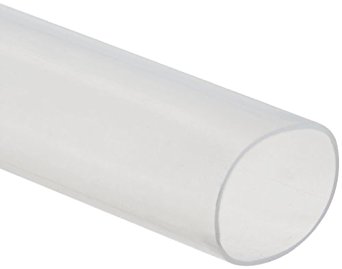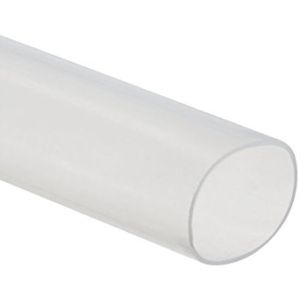Teflon PTFE (/12)

Teflon PTFE (/12)
When most people hear Teflon®, they probably associate it with stuff sliding right out of their frying pans, but it's so much more than that. It's the brand name for Polytetrafluoroethylene (PTFE), which is a synthetic polymer containing fluorine and carbon atoms locked together in a chain.
Because of its resistance to high temperature, it's ideal for use as heat shrink tubing in extreme conditions, and also comes in an adhesive-lined Teflon PTFE version for extra protection.
The only drawback, naturally, is that because of its tolerance to high temperatures, it requires a lot of heat to make it shrink, which can only be achieved with a torch. Its shrink temp is 617°F to 644°F (325°C to 340°C).
Its continuous operating temperature ranges from -454°F to 500°F (-270°C to 260°C) and it's resistant to almost any chemicals, except alkali metals in a molten state, fluorine gas at high temperatures, and chlorine trifluoride.
A: The secret is the fluorine. Because of its chemical properties, it bonds incredibly tightly to other molecules, particularly carbon, which makes it extremely difficult to break that bond through either shearing or heating. Additionally, the carbon atoms also bond to themselves, and this is another very strong atomic connection.
A: Not once it's been heat-shrunk to wrap tightly around the wires or cables you're working with. If you're worried about it sliding off, then you can use the adhesive-lined version for additional holding power. (The secret to getting Teflon® to stick to your pan — sandblasting the metal first, then applying two coats.)


